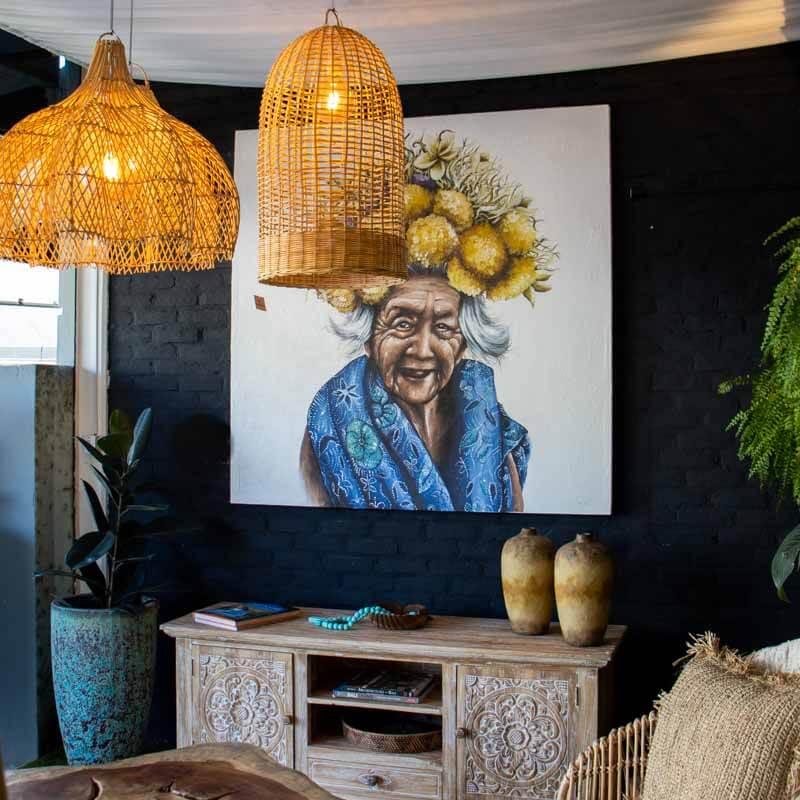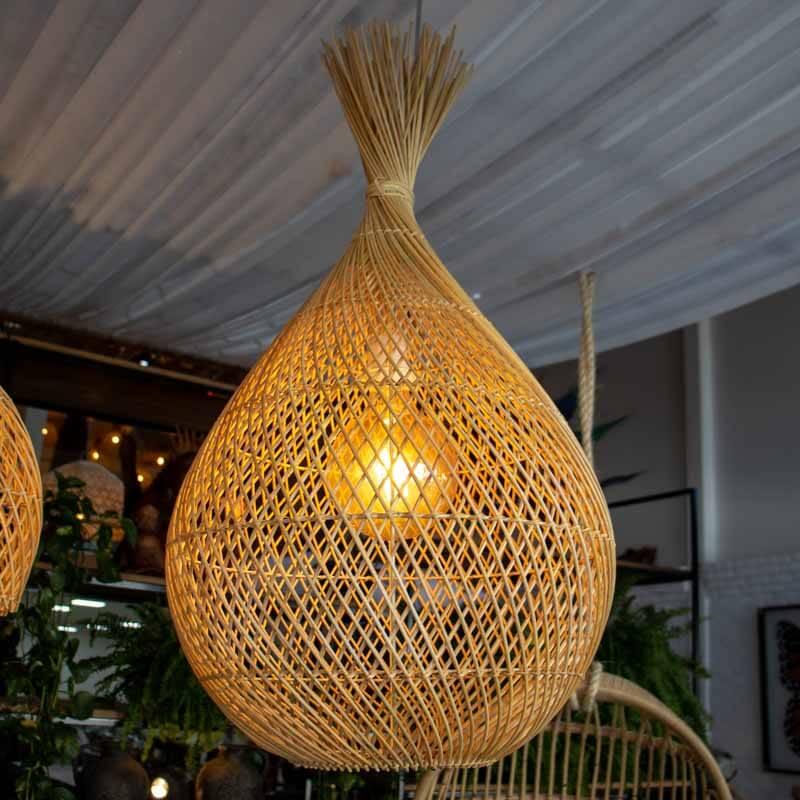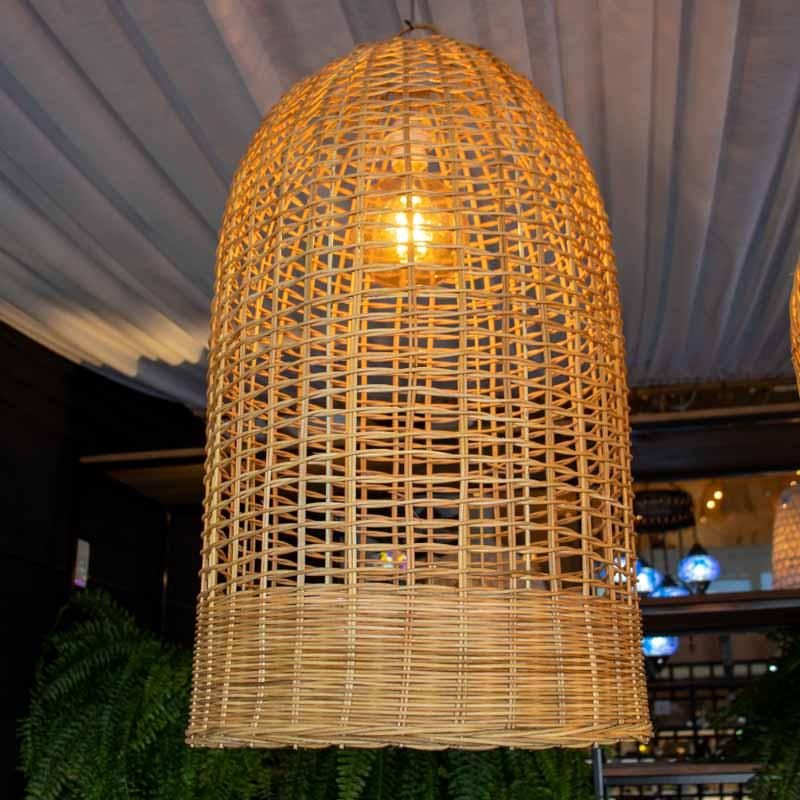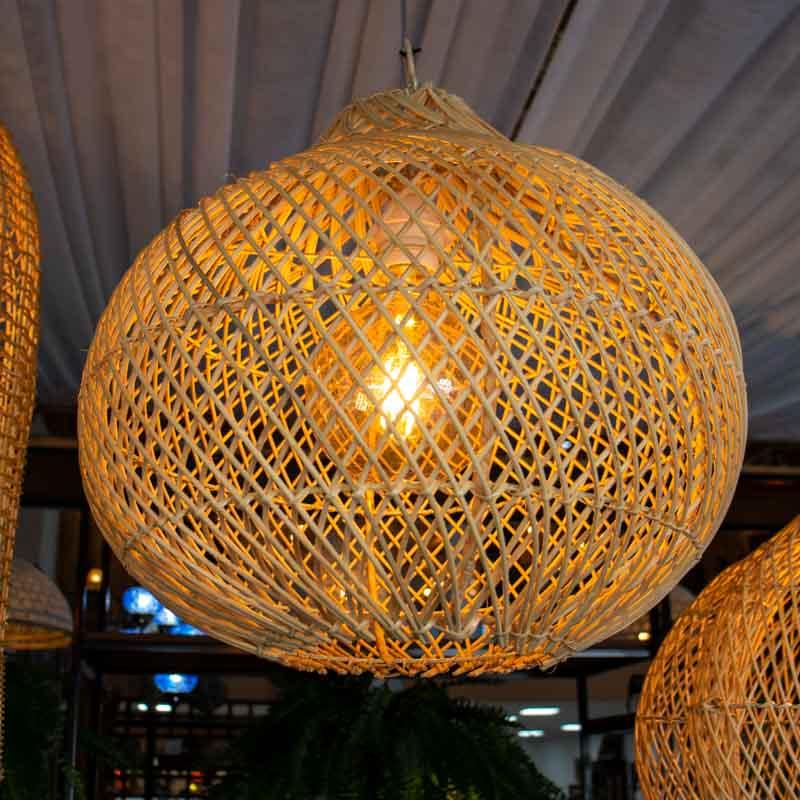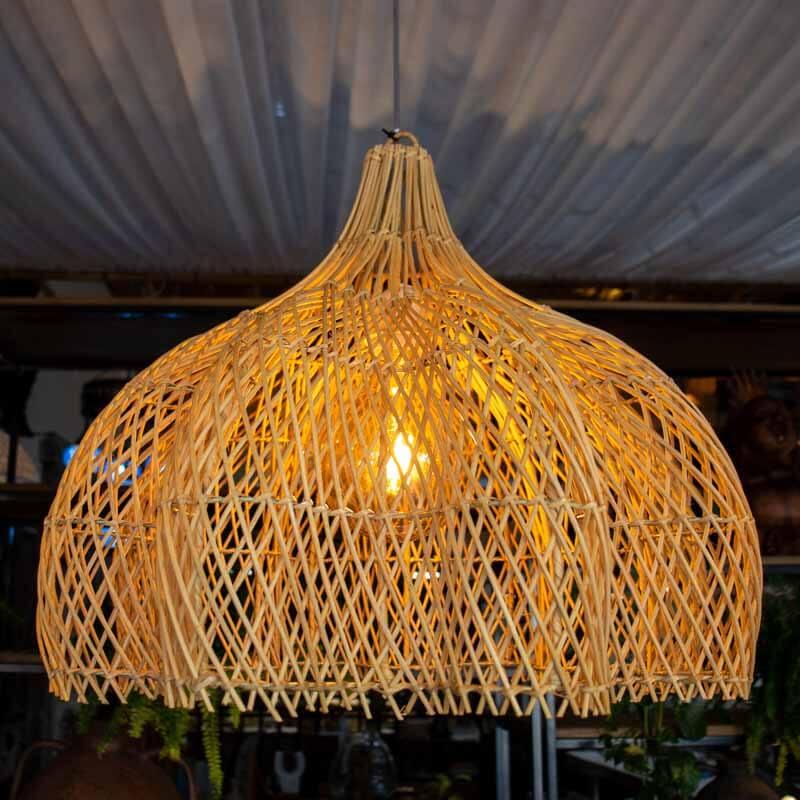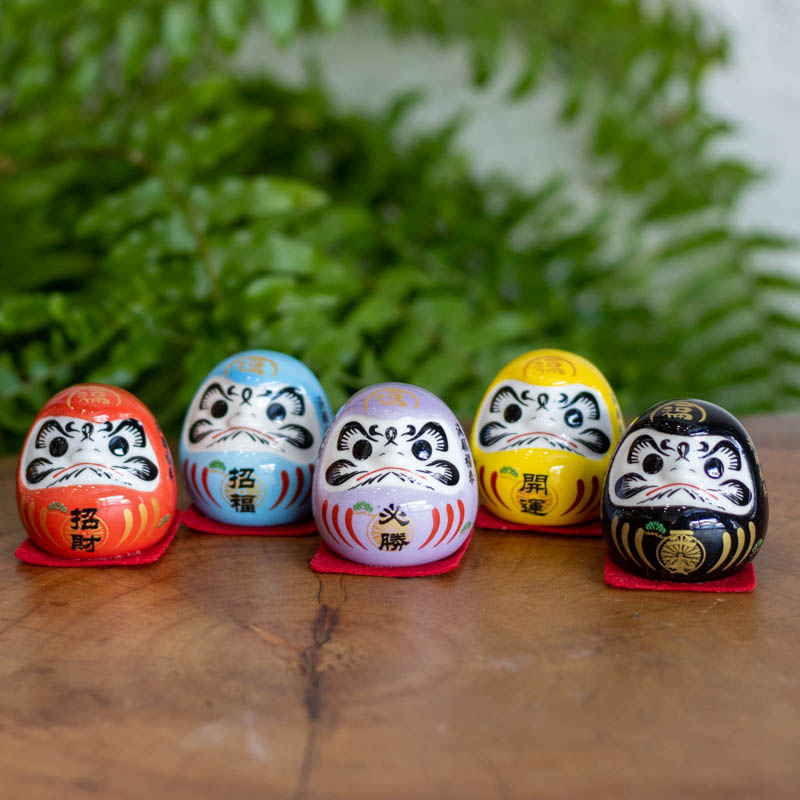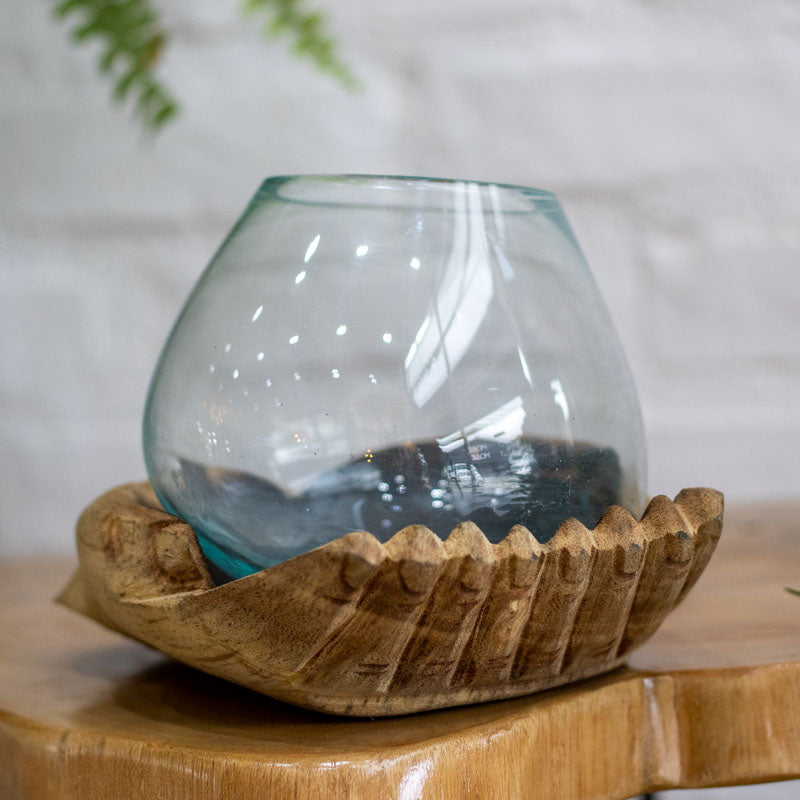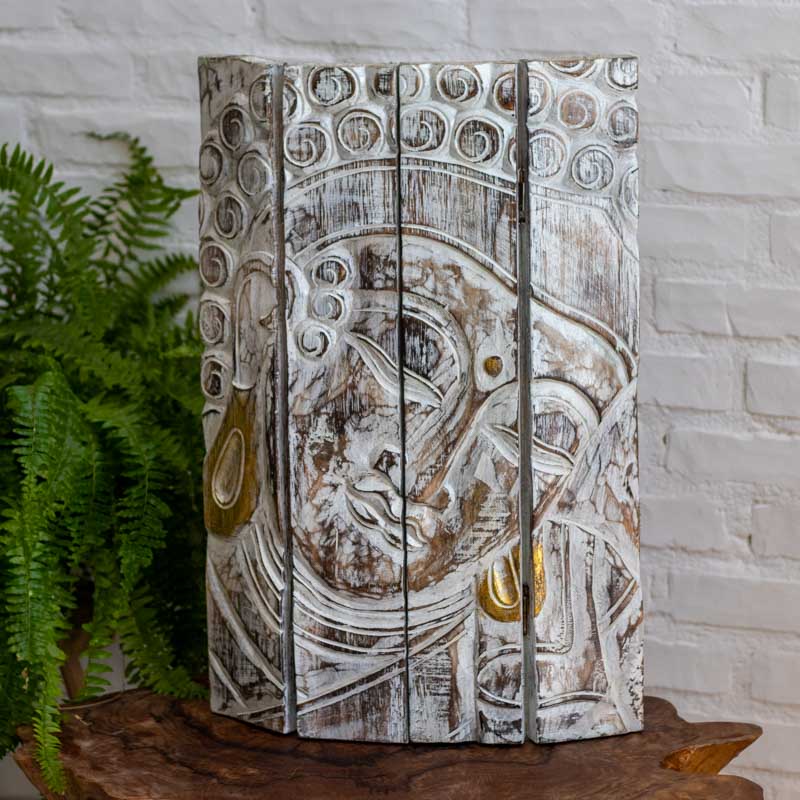There are those who say that provocation is the basis of what is defined as art , after all, it is the ability to awaken (or provoke) different sensations according to the cultural background of the spectator. This strangeness in the face of the unknown - or of what escapes our history, beliefs, cultural constructions and the ideal of beauty we are used to - is the result of its connection to our deepest emotions, which allows us to develop the aesthetic sense and the concept of value .
African masks and all the subtleties that make up their historical and artistic values is one of these provocative encounters, whose combination of countless details in aesthetics that are not understandable with superficiality steal the scene in the decoration to reveal the plurality of African ethnic groups and the multiplicity of spiritual symbologies linked to masking.

African masks are expressive arts that highlight the cultural diversity of Africa.
They are artifacts that belong to the material culture of humanity since the Stone Age, whose oldest piece, composed of sandstone, was found in the West Bank and dates back to 9000 BC. The masks of African culture , in particular, mix visual arts and performance art with completeness because they are traditionally used together with ritualistic music and dances in ceremonies that connect the tribe to nature and the supernatural.
For ceremonial (wedding, birth and initiation) and ritual (funeral, healing, harvesting and spiritual) purposes, the masks sew together a series of mystical ancestral values and aesthetic particularities of the African continent. It is not surprising that they present anthropomorphic and zoomorphic traits, individually or combined, symbolizing power - such as horns, crests, human or animal sculptures and the distortion of elements of the human face (mouth, nose and eyes) according to the image of a animal.

Each mask is developed for a ritualistic purpose that is reflected in its aesthetics.
Decorative masks also exalt in artistic paintings with earthy tones, in the scarification of the faces and in the carvings of elaborate hairstyles - sometimes replaced by adornments with braided textiles or coordinated with beads of natural materials - the ideals of beauty of African tribes and the social roles of the women.
It is through this combination of stylistic and spiritual elements that the identity and power of the ancestral spirit (or supernatural being) are defined to be incorporated by the dancer in a state of trance during celebrations. And although many tribal traditions like this have been replaced by Eurocentric spiritual beliefs resulting from the cultural transfer of colonization processes, the essence of ancestry is passed from generation to generation and transmitted throughout the world through decorative art .

The scarifications in the aesthetics of the masks exalt the ideal of beauty of the African tribe.
Many African tribes have incorporated masking into their cultural traditions, particularly in West and Central African regions. The first is represented by countries such as Guinea-Bissau , Ivory Coast and Nigeria through the Guro and Yaure tribes (subgroups of the Baule people), Ibibio , Igbo , Yoruba , and Ogoni . The second region is present through countries such as Angola , Congo and Gabon with the respective Chokwe , Bakongo , Songye , Fang and Punu tribes.
Among the types of masks most common to African ethnic groups are the facial mask, fixed to the face; the helmet, which involves the head; forehead, used on the top of the head leaving the face covered by a fabric extension; the crest, which leaves the entire face visible and the shoulder, which covers the upper part of the body.

Yaure, Igbo, Yoruba and Fang are some tribes that have incorporated masks into their traditions.
As well as the use and purpose, the creation of the mask has a strong connection with spirituality. Traditional carving techniques are linked to spiritual knowledge and a deep respect for everything that exists in nature to honor the divine of its essences and, consequently, transfer its powers to the African mask . In this context, the craftsman's position is extremely respected, being responsible for choosing materials with the appropriate energies for each purpose.
A large part of the masks are currently manufactured only with a decorative character, aimed at promoting the African tourist trade and enriching interior decoration, exposing the scope of craftsmanship and its capacity to sustain in materiality the cultural and historical value of a tribe.

The combination of masks with ethnic art enhances the rustic style in the decoration.
Despite the uniqueness of the ethnic aesthetic that praises tribal ancestry, the rustic style of the wall masks favors coordination with other decorative styles and creates a welcoming feeling in the environment, especially if combined with other elements with this aesthetic such as basketry , handcrafted furniture , ethnic tapestries and decorative necklaces .
Whether in wall decoration forming small galleries that enhance the cultural memory of the tribes or in interiors displaying the symbolic multiplicity that integrates African material culture , the tribal masks in our virtual store celebrate the beauty of history and everything that makes us transcend old concepts that we honorably call art .
Namaste!
Milene Sousa - Art & Tune








